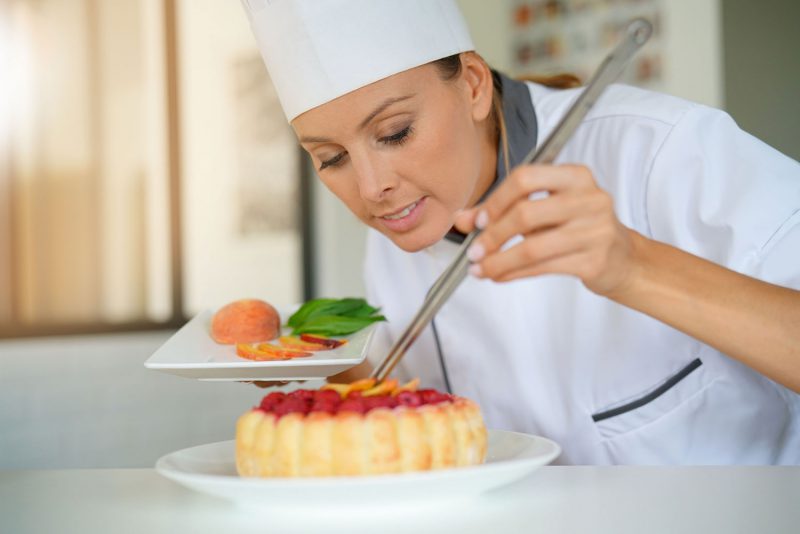Tips for Gluten Free Baking
Here at Nu Life Market, we are proud to offer our All-Purpose Gluten Free Flour blend for your go-to gluten-free recipes. If you are a baker that enjoys making their own blend, Nu Life Market offers numerous Gluten Free Sorghum Flours to be the best base flour in the blend!
We understand the challenge gluten free baking can be and would like to share some tips. There are several reasons to follow a gluten free diet such as a sensitivity to gluten, celiac disease, or autism. Whatever your reason may be, we are here to offer the best allergen free sorghum products on the market.
Avoid Contamination
If your kitchen isn’t 100% gluten free, make sure to wash your hands, work area, and use clean utensils to avoid contaminating your gluten free food. You might want to consider a gluten free area of your kitchen, so your gluten free items don’t become contaminated with non-gluten free dust.
House Rules
Read the recipe from start to finish before preparing the dish. Make sure you have all ingredients before beginning. For best outcome, have all the ingredients at room temperature before starting the recipe. The exception is butter or non-dairy alternative. Follow the recipe instructions; it may specify cold, softened to room temperature, or melted. Do not rush. Allow extra time the first time you make a new recipe.
Increase Leavening Agents
If you are modifying a recipe we recommend 2 teaspoons of baking powder per cut of all-purpose gluten free flour. Dissolving leaveners in liquid prior to adding to dough will yield a better rise to the product.
Do Not Pack Flour
When measuring out your gluten free flour, don’t tap or pack the flour into the measuring cup.
Electric Mixer
We recommend using an electric mixer over a spoon or whisk. The texture you yield will be smoother.
Beat Batter Longer
The longer the batter is beaten, it will add more structure to the dough.
Let the Batter Rest
After mixing the batter, we recommend you let it sit in the fridge for 30 minutes before baking. This will allow the ingredients to properly hydrate for a better product.
Smaller Serving Size is Better
Gluten free baked items tend to fall apart more often, it is best to make mini cookies, mini muffins, small loves of bread, etc.
Use a Calibrated Oven
Having an accurate oven is crucial for gluten free baking. Set a thermometer as close to the center of the oven to verify the temperature. Purchasing an inexpensive instant-read thermometer to check the temperature of warm liquids for yeast bread recipes and the internal temperature of baked breads.
Use a Timer
At times, visual cues such as a clean tooth pick or golden color can be misleading in gauging if your gluten free baked good is perfectly baked. Initially when the item is done, it may look undercooked or soft to the touch, however when they cool, the starches set and firm up. Begin checking for doneness a couple minutes before the timer goes off. Therefore, a timer is crucial.
Yeast Bread in Loaf Pans
There are a few nuances with gluten free yeast bread baking. When making yeast bread in loaf pans the dough is “batter like” and not usually a kneadable dough. The batter is put into a well-oiled pan and that pan goes into a cold oven, covered for 30 minutes. After 30 minutes remove the cover and start oven to pre-heat and the dough will raise. Once the oven is heated to temp the bread will have raised up to the edge of the pan like any gluten type yeast bread. Once loaves are done baking we recommend laying the pan on its side to cool so it won’t collapse as it is cooling. Remove loaf from pan about 10 minutes after taking out of the oven to finish cooling.

